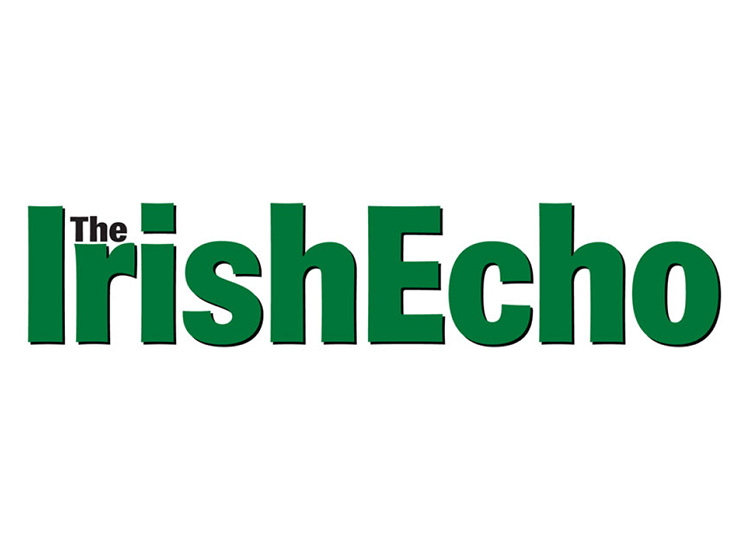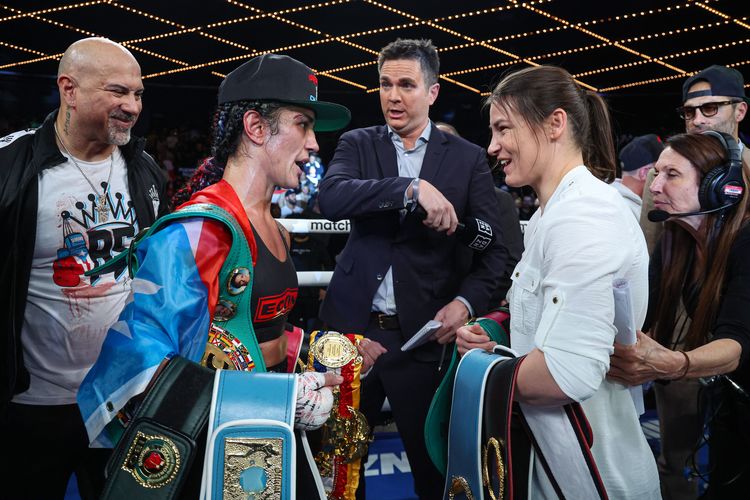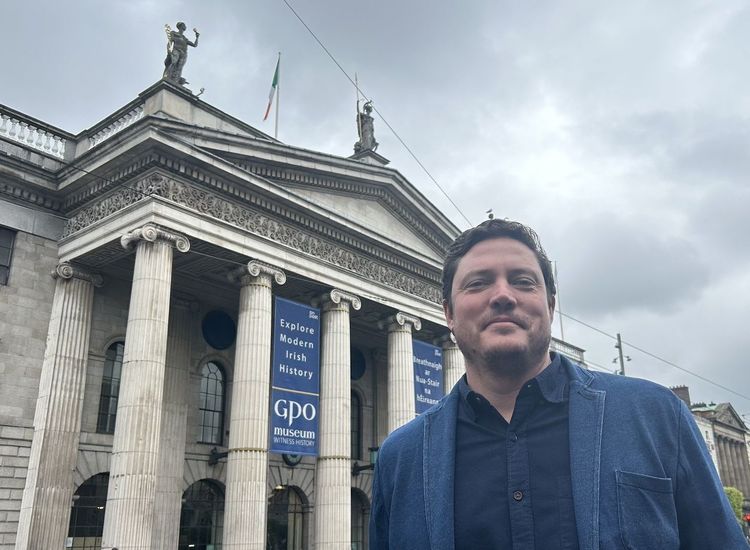by Áine Ní Shionnaigh
Growing up in the West of Ireland, my exposure to the Fourth of July was limited to two iconic movies. As a young child, I remember watching the black and white grainy version of “Yankee Doodle Dandy” where the main star, George M. Cohan, was born on the Fourth of July, a fact which heightened the expectations about his destiny. This movie could not have contrasted more with Oliver Stone’s “Born on the Fourth of July” where as a young adult, I was deeply struck by the contrast between the idea of war and the reality of war. The atmosphere at the Fourth of July parade before Kovic (Tom Cruise) joins the Marines coldly conflicts with the horrific conditions that Kovic finds himself in at the Veterans hospital where he is admitted on his return from Vietnam as a paralyzed veteran. There is a dramatic sense of despair, disillusionment and disappointment. The experience of actually becoming a hero is a serious let-down. Some of the content of this movie became a reality for me this year when I became involved with some veteran organizations to discuss traumatic brain injury issues in conjunction with the Sarah Jane Brain Foundation.
Nine years ago, when I moved to New York City from the West of Ireland, one of the biggest observations I continually made was the sense of patriotism in this great country. I am gradually coming to understand and still learning about the intensity of the relationship between the U.S. and its military. America’s military history is at the core of the formation of the American Republic as we know it today.
The independence celebrated on this July 4th weekend was fought for by many who paid the ultimate price so that Americans could enjoy all the privileges and freedom that come with it. We also celebrate the Irish who fought so valiantly with General George Washington to win the War of Independence. When the American Revolution broke out, both Scotch Irish Protestants and Irish Catholics could be found in every contingent of Washington's army. According to James O'Boyle's "Life of George Washington," one of the most daring group of soldiers during the Revolutionary War were the Green Mountain Boys, led by, among others, two Irishmen named Marion and Pickens. Men lie these later became the pioneers who would venture outside the range of the original 13 colonies and head west. The Scotch Irish from Delaware, New Jersey, and Pennsylvania were particularly prominent in the ranks of those Americans who took on and ultimately prevailed against the British. They had grown to love the country they had left, the northern parts of Ireland, and it was an affection that would see them bear arms in a bid to gain independence in their new adopted land. Their efforts did not go unnoticed. When things weren't looking good for General Washington, he came out with a gem of a quote that showed the pride and trust he had in these sturdy men. “If defeated everywhere else, I will make my stand for liberty, among the Scots-Irish in my native Virginia.” But defeat was not something they had to worry about, and Washington would lead his army to victory and becomes the country's first president.
In June 1776, representatives of the 13 colonies had weighed a resolution that would declare their independence from Great Britain. On July 2nd, the Continental Congress voted in favor of Independence, and two days later its delegates adopted the Declaration of Independence, a historic document drafted by Thomas Jefferson. One of the signatories was an Irish Catholic whose grandfather was born in Aghtery, a townland in County Offaly, interestingly the same county President Barack Obama traced his Irish roots to and visited in 2011.
Charles Carroll (September 19, 1737 – November 14, 1832), known as Charles Carroll of Carrollton to distinguish him from his similarly named relatives, was a wealthy Maryland planter and an early advocate of independence from Great Britain. He served as a delegate to the Continental Congress and Confederation Congress and later as first United States Senator for Maryland. He was the only Catholic and the longest-lived (and last surviving) signatory of the Declaration of Independence. He died at the age of 95 at his city mansion in the neighborhood of Jonestown in Baltimore.
Carroll was not initially interested in politics and in any event Catholics had been barred from holding office in Maryland. But as the dispute between Great Britain and the colonies intensified, Carroll became a powerful voice for independence. He wrote in the Maryland Gazette under a pseudonym. He became a prominent spokesman against the governor's proclamation increasing legal fees to state officers and Protestant clergy. Eventually, word spread of the true identity of the columnist and Carroll's fame and notoriety began to grow. He became a leading opponent of British rule, and served on various committees of correspondence. He also played an important role in the burning in Annapolis harbor of the “Peggy Stewart,” a ship which had been carrying tea to Maryland, and was destroyed on October 19, 1774 as part of the tea party protests.
Charles Carroll was elected to the Continental Congress on July 4, 1776, and remained a delegate until 1778. He signed the official document that survives today.
President Franklin D. Roosevelt once noted something that I think speaks of the Irish contribution to the kind of loud and colorful celebration that marks the fourth day of the seventh month.
He told James Cagney: “That’s one thing I’ve always admired about you Irish Americans, you carry your love of country like a flag, right out in the open. It’s a great quality.”
I also greatly admire the love of country that every American possesses.
I hope you all have a wonderful Fourth of July.










